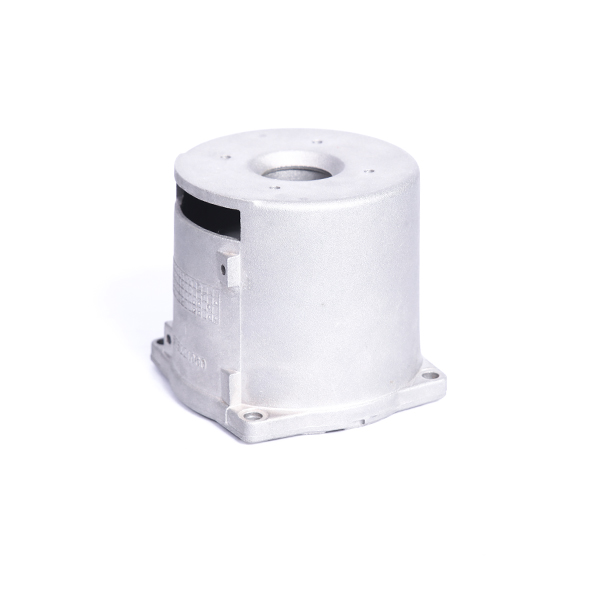Mobile:+86-311-808-126-83
Email:info@ydcastings.com
impeller turbo
Understanding Impeller Turbochargers Enhancing Engine Performance
Turbocharging is an integral technology in modern automotive design, dramatically improving engine efficiency and performance. Among the various components involved in this process, the impeller plays a crucial role in the operation of turbochargers. By understanding the function and benefits of an impeller turbocharger, enthusiasts and engineers alike can appreciate its significance in today’s high-performance vehicles.
At its core, a turbocharger consists of two main components the turbine and the impeller, also known as the compressor. The impeller is engineered to draw in ambient air, compress it, and force it into the engine’s combustion chamber. This increase in air density allows for a greater influx of oxygen, enabling the engine to burn fuel more efficiently and generate more power. The result is that a smaller, lighter engine can achieve performance levels similar to those of larger, traditionally aspirated engines.
The design of the impeller is critical for optimal turbocharger performance. Typically made from lightweight materials such as aluminum or titanium, the impeller must balance durability and efficiency. Its blades are meticulously shaped and angled to maximize airflow while minimizing drag. A well-designed impeller can spin at extremely high speeds—often reaching 100,000 revolutions per minute (RPM)—which contributes to the swift and responsive nature of turbocharged engines.
impeller turbo

One of the standout benefits of an impeller turbocharger is its ability to reduce turbo lag. Turbo lag is the delay between pressing the accelerator and the turbocharger providing an increase in power. Modern designs often incorporate technologies such as twin-scroll turbos or variable geometry systems that enhance the responsiveness of the impeller, supplying immediate boost even at lower RPMs. This innovation significantly improves driving dynamics, particularly in everyday scenarios where immediate acceleration is desired.
Another advantage is the increase in fuel efficiency. By forcing more air into the combustion chamber, turbocharged engines can burn fuel more completely, producing more power from less fuel. This increased efficiency can lead to better fuel economy and fewer emissions, aligning with the growing demand for environmentally friendly automotive solutions. As manufacturers face stricter emissions regulations, the role of the impeller turbocharger becomes even more critical in balancing performance with sustainability.
The implementation of impeller turbo technology is not confined to high-performance sports cars. It extends across various sectors, including passenger vehicles, trucks, and even aircraft. This versatility is a testament to its effectiveness in enhancing engine performance. With the automotive industry continually evolving, research into more efficient impeller designs and materials is ongoing, promising even greater advancements in turbocharger technology.
In conclusion, the impeller turbocharger represents a pinnacle of engineering in automotive design. By effectively compressing air, enhancing fuel efficiency, and providing immediate power, it plays a vital role in modern engines. As technology continues to advance, understanding and utilizing impeller turbos will remain essential for achieving optimal performance and efficiency in the automotive realm. Whether you’re a car enthusiast or a budding engineer, appreciating the nuances of impeller technology can enhance your understanding of the future of automotive performance.
-
Understanding Metal Casting TechniquesNewsApr.02,2025
-
Understanding Exhaust Manifolds for Enhanced Engine PerformanceNewsApr.02,2025
-
The World of Metal FabricationNewsApr.02,2025
-
Key Components for Pump and Turbo EfficiencyNewsApr.02,2025
-
Essential Tools for Automotive Maintenance and RepairNewsApr.02,2025
-
Durable Valve Components for Effective Water ManagementNewsApr.02,2025











